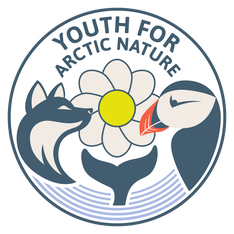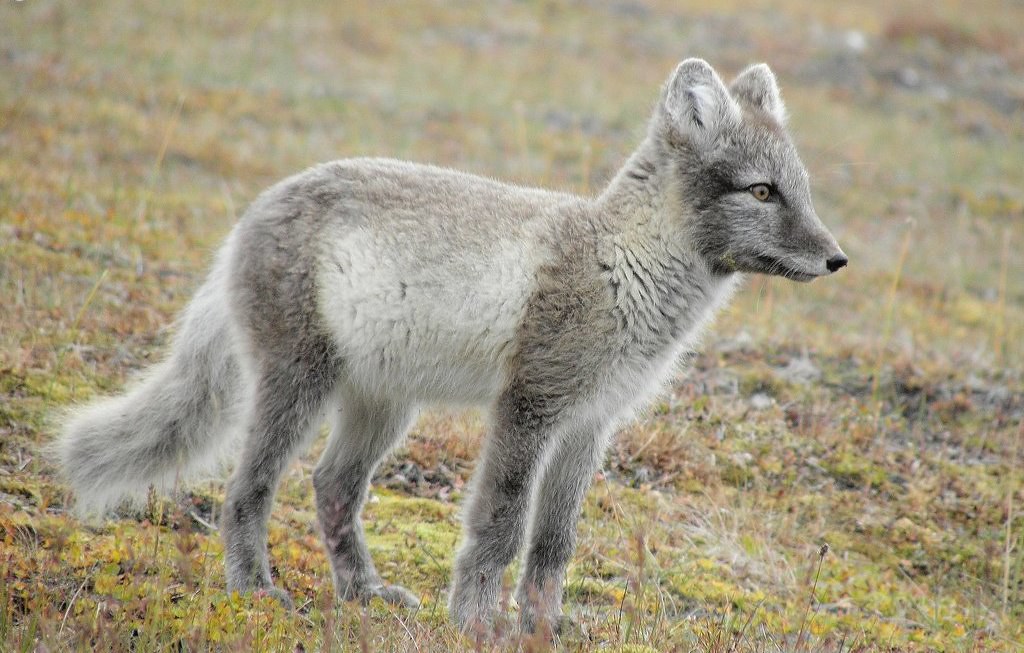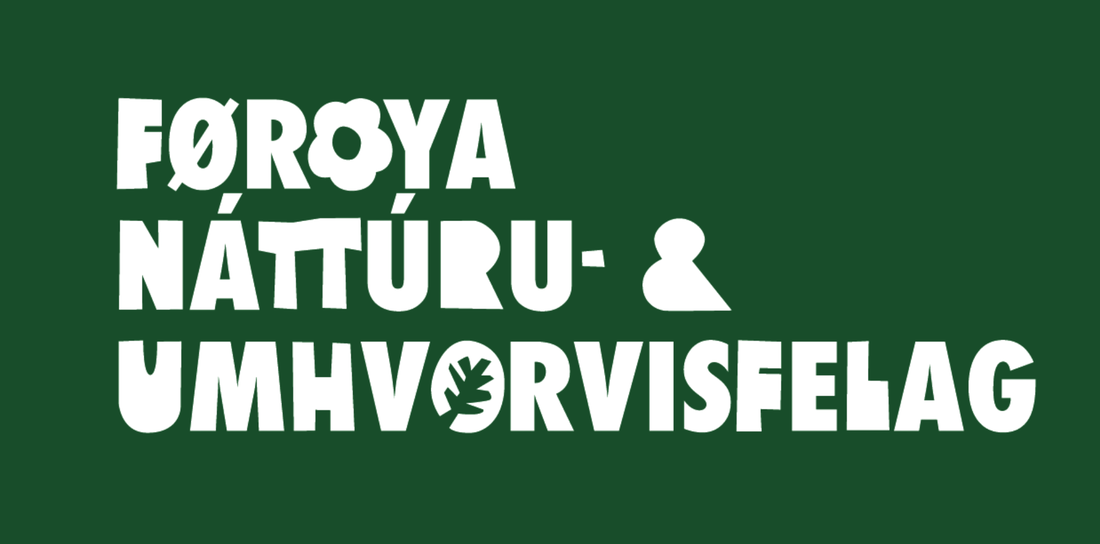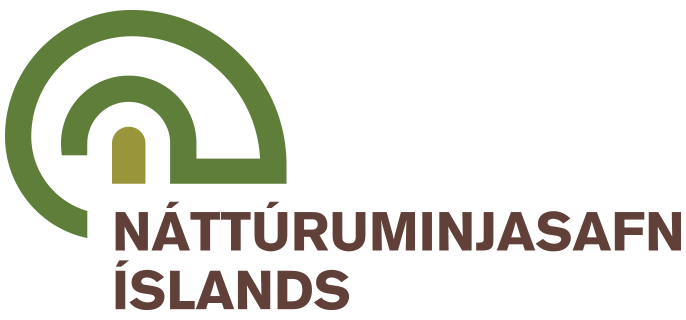|
Vulnerability: least concern Invasive: no Identification: easy (much smaller and different color than red fox) Monitoring: difficult |
|
What is it? The Arctic fox is a member of the canid family like other foxes, dogs and wolves.It is 75 to 115 cm long and weighs between 2.5 and 9 kg. It has a pointed muzzle, short rounded ears and a long bushy tail. Its coat is thick in winter (chubby look) and thinner in summer (slender look). There are two colour morphs of the polar fox: "white" and "blue". The "white" fox is completely white in winter and then turns dark grey-brown with a lighter belly in summer. The rarer "blue" fox remains brown to dark charcoal all year round. |
|
Where is it? The Arctic fox is circumpolar, meaning it is native to arctic zones all around the arctic, in Europe, Asia, and North America. The species is not considered globally threatened. However populations in Fennoscandia (Norway, Sweden, Finland, and northwestern Russia) and Bering Sea islands (Mednyi Island, Russia; Pribilof Islands, Alaska) are at a critically low level. In the Faroe Islands, a few individuals escaped from farms but were found and killed before they could establish a population.
|
|
Interesting facts |
- The Arctic fox is Iceland's only native mammal!
- The Arctic fox can hear a lemming several centimetres underground.
- You will rarely hear the call of the Arctic fox outside the breeding season.
Pictures
- Cover photo: "Arctic Fox Playing" by Mark Dumont is licensed under CC BY-NC 2.0.
- Presentation photo: "Arctic fox (Alopex lagopus)" by Billy Lindblom is licensed under CC BY 2.0.
References
- Angerbjörn, A. & Tannerfeldt, M. 2014. Vulpes lagopus. The IUCN Red List of Threatened Species 2014: e.T899A57549321. https://dx.doi.org/10.2305/IUCN.UK.2014-2.RLTS.T899A57549321.en. Downloaded on 24 September 2021.
- Arctic Fox Center: https://www.melrakki.is/
- Canadian wildlife federation: https://www.hww.ca/fr/faune/mammiferes/le-renard-arctique.html
- Norvegian polar insitute: https://www.npolar.no/en/species/arctic-fox/#2
- Visit Greenland: https://visitgreenland.com/wildlife-in-greenland/land-mammals/
- Norvegian Red List : https://artsdatabanken.no/Rodliste















